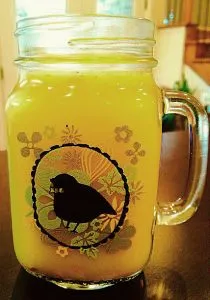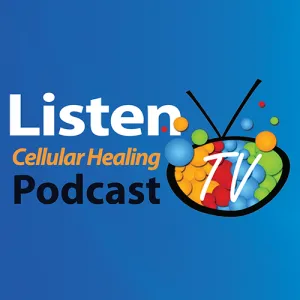- 1 large butternut squash
- 3 Tbsp. coconut oil, melted
- 1 tsp. ground cinnamon
- Sea salt, to taste (generous amounts encouraged)
- Fresh ground pepper, to taste
- Dried oregano, to sprinkle on top
- Preheat oven to 400°F.
- On a cutting board, halve the squash vertically. Scoop out the seeds, and peel the squash.
- Cut the squash into 1/2 inch half moons, then cut into 1/4 inch fries or wedges.
- In a bowl, toss the fries with coconut oil, salt, cinnamon, and pepper, then transfer to a baking tray.
- Bake for 45-60 minutes, flipping halfway through. Time depends on how thick you cut your squash and how well-done you like your fries.
- While cooling, top with dried oregano and additional salt and pepper, if desired.
- Enjoy!












 We all know what honey is. Well, propolis is another bee product, but it serves as the immune system of the hive. Propolis is made from collected plant resins. Bees line the walls of their hive with propolis to protect themselves from bacteria, viruses, and parasites—and to provide a clean, safe environment in which baby bees can thrive. This mighty natural wonder guards the hive to ensure that germs don't stand a chance. Imagine what it can do for us. Beekeepers Naturals has managed to capture that healing magic and packaged it into this throat spray. I know, throat spray isn’t the sexiest gift, but it sure is magical to have on hand. I hope to find some in my stocking this year!
We all know what honey is. Well, propolis is another bee product, but it serves as the immune system of the hive. Propolis is made from collected plant resins. Bees line the walls of their hive with propolis to protect themselves from bacteria, viruses, and parasites—and to provide a clean, safe environment in which baby bees can thrive. This mighty natural wonder guards the hive to ensure that germs don't stand a chance. Imagine what it can do for us. Beekeepers Naturals has managed to capture that healing magic and packaged it into this throat spray. I know, throat spray isn’t the sexiest gift, but it sure is magical to have on hand. I hope to find some in my stocking this year!





















